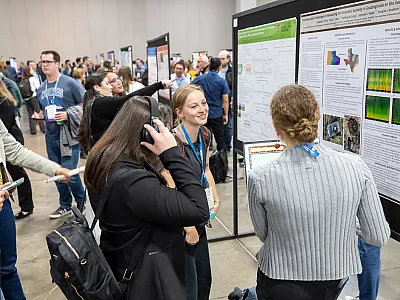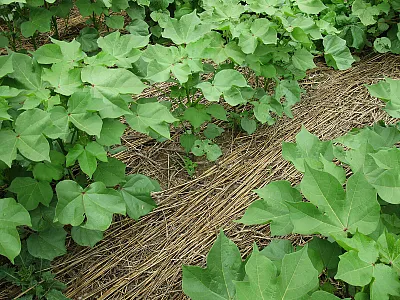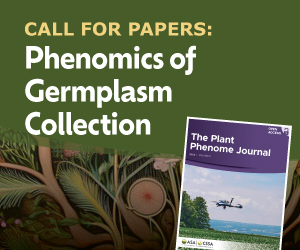A new proxy for tracking residual phosphorus sources in the environment

Phosphorus (P) pollution continues to pose a significant threat to our nation's water quality. While point sources of P have largely been eliminated, a persistent challenge remains with non-point (diffuse) sources such as agricultural lands. And due to the ubiquity of P in the environment, identifying the sources of “legacy” P in soil and sediment requires new methods.
Researchers from the University of Delaware aimed to identify legacy P sources that are present in residual P pools in a mini-watershed in Eastern Shore, MD, using isotopes—alternative versions of elements that have the same number of protons, but a different number of neutrons, resulting in different atomic masses. Through the integration of phosphate oxygen (δ18OP), nitrogen (δ15N), and carbon (δ13C) isotopes along with advanced Bayesian modeling, the team developed a reliable tool for P source discrimination. The harsher reagents necessary to extract residual P were tested and found not to alter the isotope compositions, enabling researchers to identify distinct elemental fingerprints.
The unique ranges of phosphate oxygen isotopes among different residual P pools, combined with carbon and nitrogen isotopes, provided the advantage of a multi-isotope tool for understanding the sources and transport of residual P pools in the watershed. These methods could be implemented to address problematic sources of pollution and restore water quality in watersheds with excess nutrients.
Dig deeper
Anton, J., Jiang, Z., Ishida, T., & Jaisi, D. P. (2025). Identification of phosphorus sources using oxygen isotope signatures of the recalcitrant and residual phosphorus pools in soils and sediments. Soil Science Society of America Journal, 89, e70127. https://doi.org/10.1002/saj2.70127
Text © . The authors. CC BY-NC-ND 4.0. Except where otherwise noted, images are subject to copyright. Any reuse without express permission from the copyright owner is prohibited.










